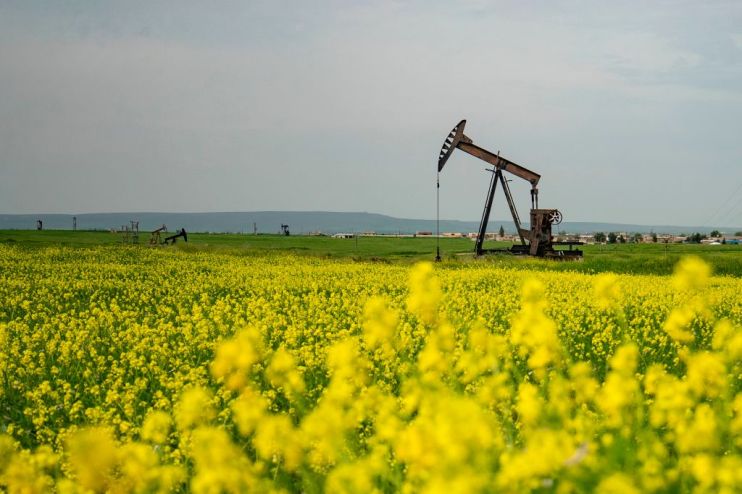Oil prices extend rally as producers begin cutting output

Oil prices continued their rally this afternoon as the global market stabilised after historic levels of volatility earlier this week.
By mid-afternoon, global benchmark Brent crude was trading at $22.90, meaning it has gained nearly 50 per cent after yesterday’s slide to pre-millenium levels.
US standard West Texas Intermediate (WTI), which began the week by crashing into the negative as traders desperately tried to offload expiring delivery contracts, picked up nearly 30 per cent to stand just below $18.
Growing signs that individual producers were taking matters into their own hands and shutting down some production has helped restore some confidence in the battered market.
Today both Kuwait and Algeria indicated that they would begin to cut output immediate, with other countries expected to follow suit.
In addition, simmering tensions in the Gulf between the US and Iran helped jack prices up further, though analysts warned this artificial inflation was unlikely to last.
Despite the gains, analysts warned that demand would have to increase materially if prices were to begin a sustained recovery.
Edward Moya of Oanda said: “In order for oil to turn the corner, global economic activity will need to significantly pick up, but that probably won’t happen until later in the summer”.
The Opec alliance’s official cutting programme is set to begin in May, but Moya said that other producers “will probably cut earlier and deeper as tank tops are reached”.
Storage facilities across the world are brimful of oil due to the combination of a record supply glut and little-to-no demand for the commodity.
In the US, data from the Energy Information Administration showed that inventories were on the brink of surpassing all-time highs of 535m barrels.
Meanwhile, the US’ main storage facility at Cushing in Oklahoma is expected to reach 76 per cent capacity by early May, with much of the remaining space pre-leased to producers.
According to Rystad Energy, overall oil demand is set to drop 10.4 per cent in 2020 – or 10.3m barrels per day.
The biggest drops are expected in April and May, at 26.3m and 19.3m barrels per day respectively, with demand set to improve later in the summer as the global economy emerges from coronavirus lockdown measures.